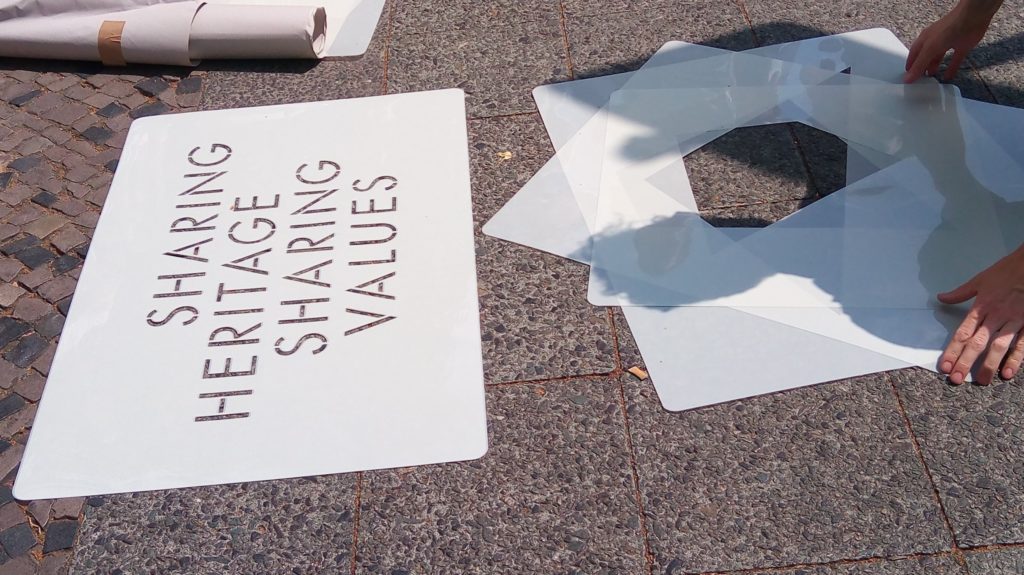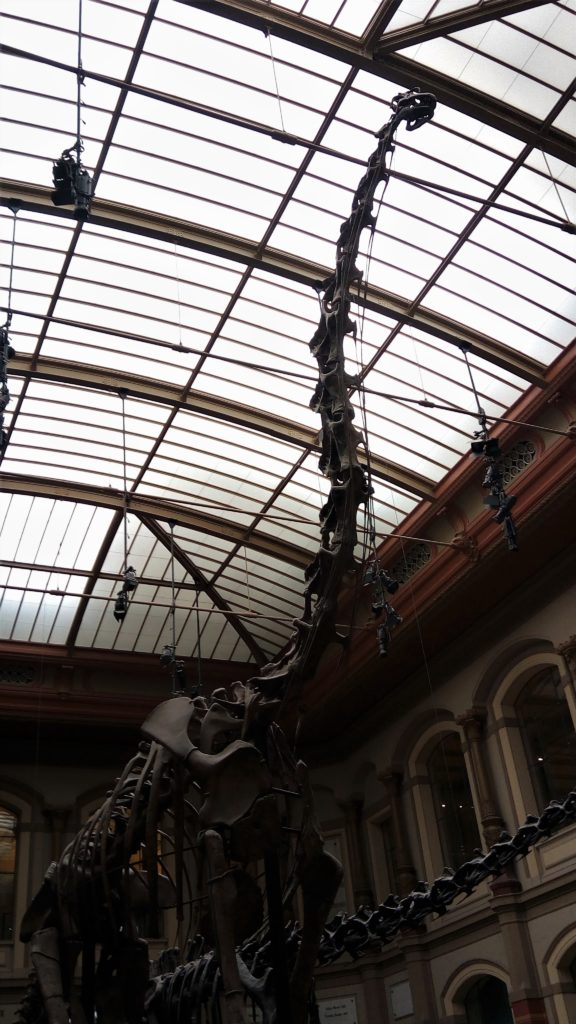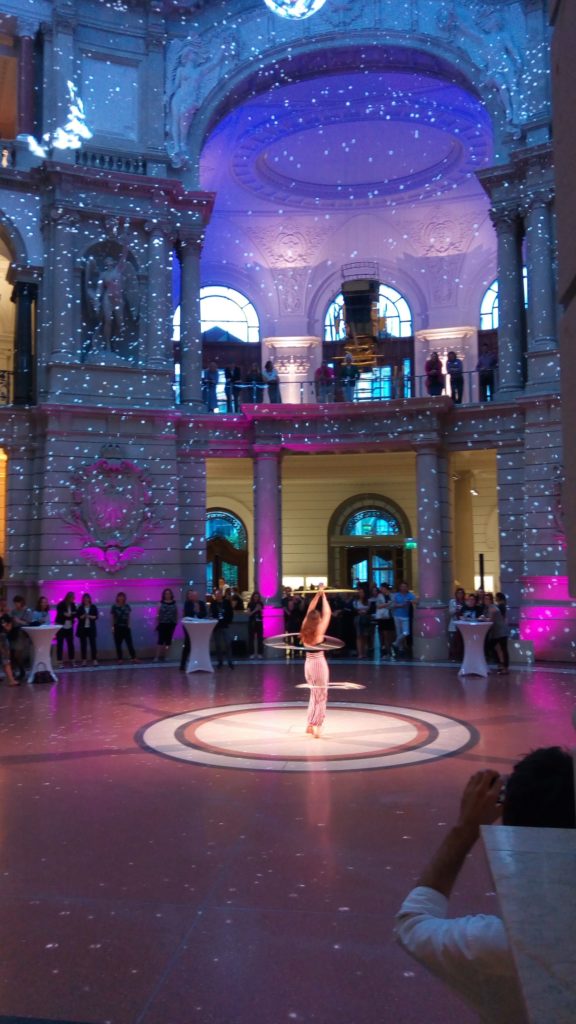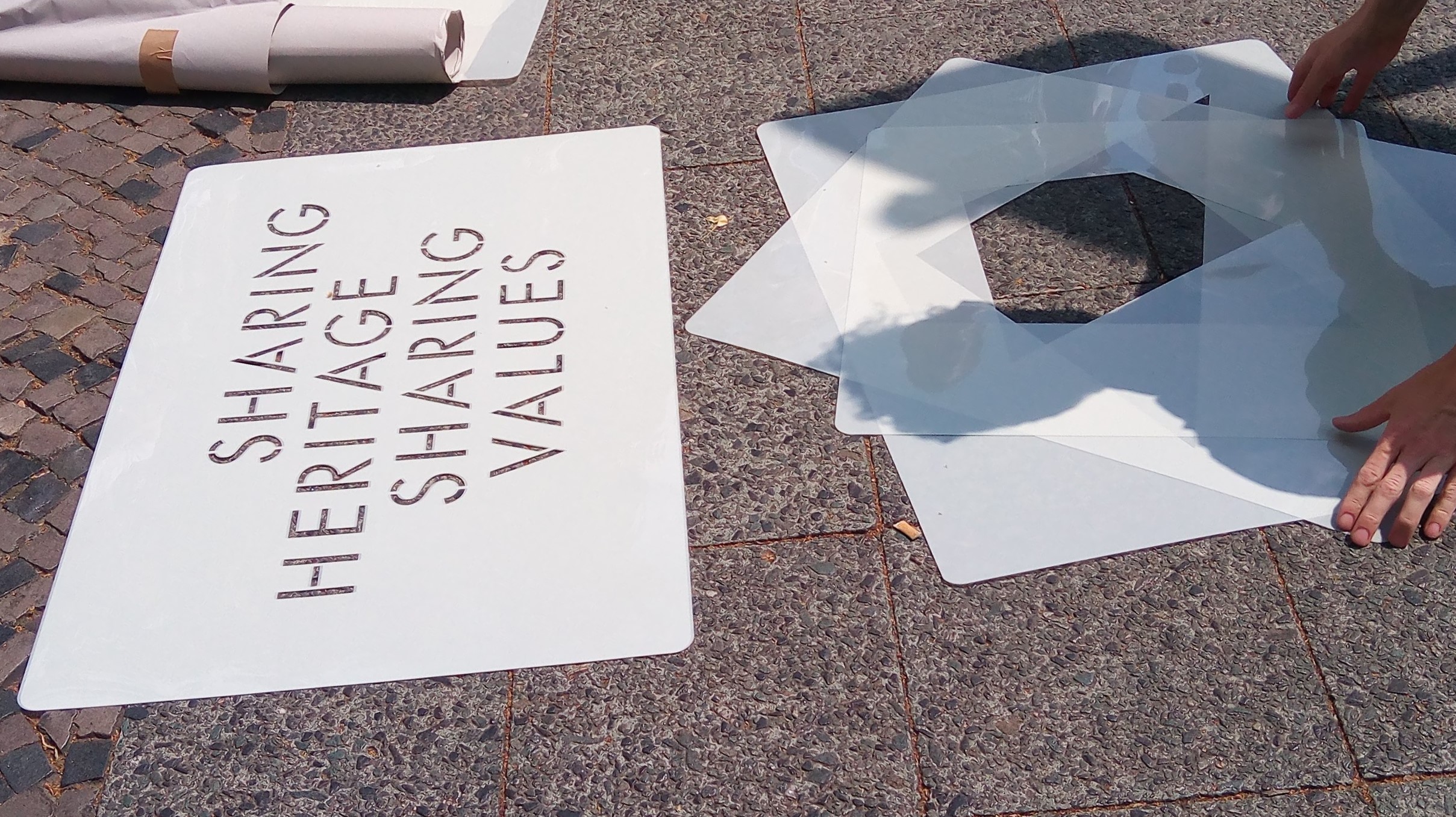I drafted this article on a warm day of summer. It was the end of June 2018. I had spent the previous week in Berlin, at the European Cultural Heritage Summit (18-24 June). Even if they were different in terms of topics and locations, I had the feeling that all the events represented quite well the week’s theme: “Sharing Heritage, Sharing Values”.

On my first day, I went to the Museum für Naturkunde (Natural History Museum) to attend a panel discussion titled Tut-ankh-Amon, Space Suit and Archaeopteryx. How to preserve our cultural heritage? A talk about challenges and perspectives. The main idea was sharing our heritage with others so that we can all contribute to its preservation. It’s our responsibility towards future generations: we must safeguard what we inherited from the past. We can easily imagine this exchange happening between the institutions and the public; however, there’s another way this sharing can be achieved and that is among the different expertise fields.

Sitting under the shadow of a gigantic dinosaur’s skeleton, I found myself thinking about the meeting’s topic. It was intriguing: what do an Egyptian mummy, a prehistoric creature, and a modern space suit have in common? Well, they are all part of our heritage. Thanks to the past efforts of several palaeontologists, today we know that an archaeopteryx is a sort of evolutionary bridge between dinosaurs and modern birds. The work of archaeologists and historians allowed us to have a better knowledge about the way Ancient Egyptians took care of their dead. Of course, we also need conservators with a solid grasp of materials’ properties and chemical notions so that the mummies can be well preserved even nowadays. Similarly, a space suit is an object that in a hundred years will tell the next generations about what we “old humans” used to wear when exploring the universe. By then it will be outdated and will probably look funny. Yet, it represents a piece of human history. Our heritage is diverse and all disciplines are equally valuable.
Going back to the actual debate, let me summarise the main issues raised. First, the need for an interdisciplinary approach to safeguard our heritage: conservation science, chemistry, engineering, humanities, archaeology – they are all necessary. At the same time, we also need a collaboration between museums, universities, policymakers and every potential stakeholder. A second topic addressed was the importance of sharing our cultural heritage with the broader community. So far, we have talked about experts working in different fields; now the attention turns to the public.
Indeed, this idea has been a constant highlight during the entire summit week, not just in the case of one specific meeting. Let me give another example, the Museum für Kommunikation (Museum of Communication): on the same day, the place where I had attended a presentation during the morning later turned into a fantastic setting for a Dance at the Museum event.

It was not the first time I took part in such kind of initiatives and I can confirm that it is a very good way of promoting cultural heritage in the broader sense. The location was great: the central hall was illuminated and arranged as a dance floor where people could enjoy the music and artists could perform. For those who wanted to visit the galleries, there was the opportunity to do so in an unusual atmosphere. All of this goes beyond the daily routine of a museum. Yet, I think this is how a cultural site can become attractive to a wider public, re-using its space and involving those people that otherwise would not visit such places.
The key is to make the public aware of the roots of our heritage. During the debate at the Natural History Museum, the Danish writer Janne Teller tried to explain what European heritage is by giving practical examples. In Copenhagen, the Tivoli Gardens are one of the most famous sites; this name comes from the Italian city of Tivoli, near Rome. Similarly, the city hall building draws inspiration from Siena’s town hall. Janne Teller’s words really got to the point and confirmed what I have always thought: cultural heritage is about exchanges and, because of this, every European country is richer.
Culture itself is about contaminations. As the example of Copenhagen shows, and as History teaches us, this comes quite naturally since different groups have always got in contact someway, peacefully or not. All these encounters have left traces.
In another context, the European Policy Debate, the Portuguese baritone Jorge Chaminé said that people coming from all over Europe have contributed to our current “cultural bio-diversity”. Then, he named a few: Beethoven, Dante, Shakespeare, Cervantes, Ibsen, Kafka – and I remember I had goosebumps at that point, thinking that all these great minds are part of our culture!
Today, reading again the article I wrote almost one year ago, I feel that the events of the Berlin Summit went straight to the point: sharing values and skills so that we can preserve and pass on our cultural heritage. The real challenge, however, is to involve people as much as possible, especially those groups that usually have less access to knowledge because of issues related to education, incomes, or disability.
Author: Medea Santonocito
XXXXXXXXXXXXXXXXX